1. PHASE 1 THE UNCOUCOUS UPTAKE
1.1. The first phase of the actual modeling process begins with the modeler moving into 2nd position and a state of “not knowing” as he observes the exemplar demonstrating the skill. It is key that the modeler drop any assumptions and avoid making evaluations. Through implicit modeling the modeler is looking to build a series of intuitions about how the exemplar is doing what they are doing. The modeler takes on the exemplars physiology (including micro muscle movements) and posture as much as possible in an attempt to identify with the exemplar. Once the modeler feels they have the basic intuitions about the exemplars capability they should test their unconscious uptake by “acting as if”, in a relevant context. The modeler can exit out of the initial uptake when they can roughly reproduce the same result as the exemplar in a similar timeframe. The modeler will then begin to build a double description by repeating the same capability test but acting as themselves.
2. Phase 2: The Subtraction Process
2.1. During the subtraction process, we move from implicit modeling to explicit modeling where the modeler will seek to:
2.1.1. • Identify the specific essential patterns in behaviour,strategies,beliefs,values,meta- programs etc used of the persons modelled and also those the counter examples use
2.1.2. • Do a contrast analysis and create a double and triple description • Experimentallyandsystematicallytestandrefinethemodelbyleavingbitsoutto
2.2. achieves the desired result across contexts • Organise the patterns in to a perspective and descriptive structure
2.3. Pattern recognition refers to the process of identifying the consistent distinctions that are most important to achieve a specific outcome. NLP Models rely on the “Mills Method” and several other cognitive tools (see “The Modelers Toolset” below) to identify and codify key patterns. The Mills Method is useful to identify the key features or distinctions of the exemplars skill. It employs five strategies to identify these patterns.
2.4. identify the minimum number of elements to achieve the end result • Refine the model by using the “back propagation approach” & code congruence test • Find the mode lse dgebytryingitoutinrelevantcontextsandusethetoseeifit
3. Phase 3: Design
3.1. The final stage of modeling is designing an effective installation procedure and tools in order to transfer or apply key elements or the entire model to others. This is achieved through synthesizing the information gained from all three perceptual positions. It is important to realise that different students will have different “starting states”, thus some students may be able to combine multiple steps in a single procedure while others will require the procedure to be broken down into sub-skills. An effective way to help the student develop the “wiring” they will need is to create the appropriate reference experience from which the student will naturally discover and develop the “circuits” they will need. Finally as part of the design phase the modeler will setup a system to measure the results obtained from students applying the model.
4. BODY OF WORK
4.1. CAST / CHARACTERS
4.1.1. Click here to edit
4.2. SCENES
4.2.1. SETTING
4.2.1.1. Click here to edit
4.2.2. IMAGES
4.2.2.1. Click here to edit
4.2.3. DESCRIPTION
4.2.3.1. Click here to edit
5. TOOL USED IN NLP
5.1. T.O.T.E. Model
5.1.1. Strategy Elicitation, Cognitive Skills
5.2. Perceptual Positions – 1st to 4th Positions
5.2.1. Creating Triple Descriptions
5.3. Mirroring & “know nothing” state
5.3.1. Unconscious uptake, 1st position modeling
5.4. Meta Model & Predicates
5.4.1. Linguistic Pattern Mapping – Simple Cognitive Capabilities
5.5. Logical Levels
5.5.1. Modeling Complex Capabilities
5.6. Meta-Program Elicitation
5.6.1. Perceptual Filtering/Sorting Pattern Mapping
5.7. R.O.L.E Model
5.7.1. Modeling Simple Cognitive Capabilities
5.8. B.A.G.E.L Model
5.8.1. Capture physical cues and actions for Simple Behaviour
5.9. S.O.A.R Model
5.9.1. Modeling Complex Cognitive Capabilities
5.10. Mills Model
5.10.1. Pattern Recognition
5.11. Communication Matrix Distinctions
5.11.1. Modeling Complex Linguistic Capabilities
5.12. Interview Questionnaire
5.12.1. Eliciting specific patterns for Simple or Complex Capabilities
